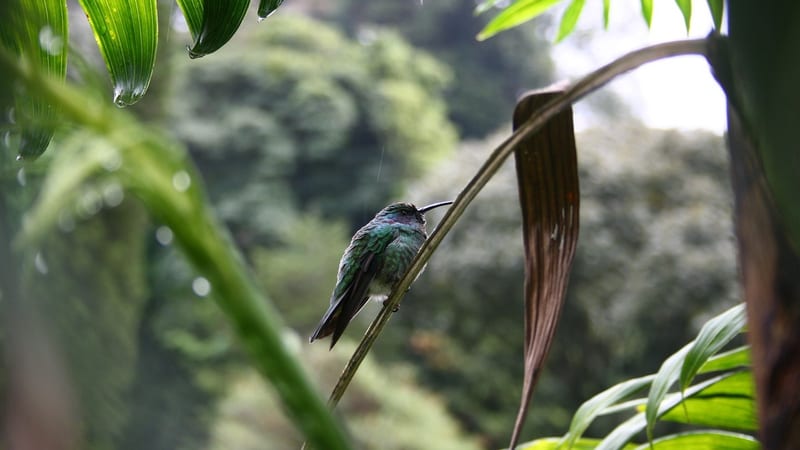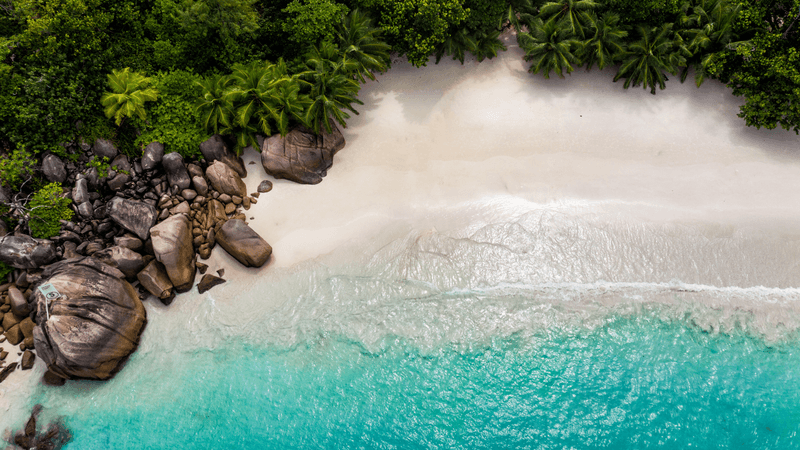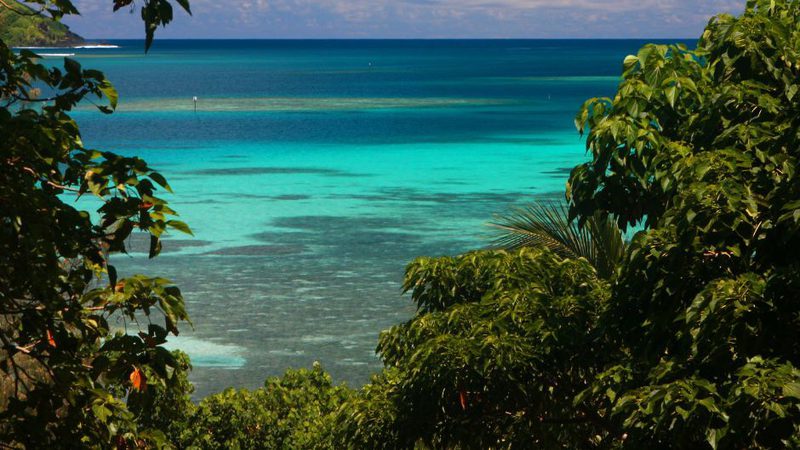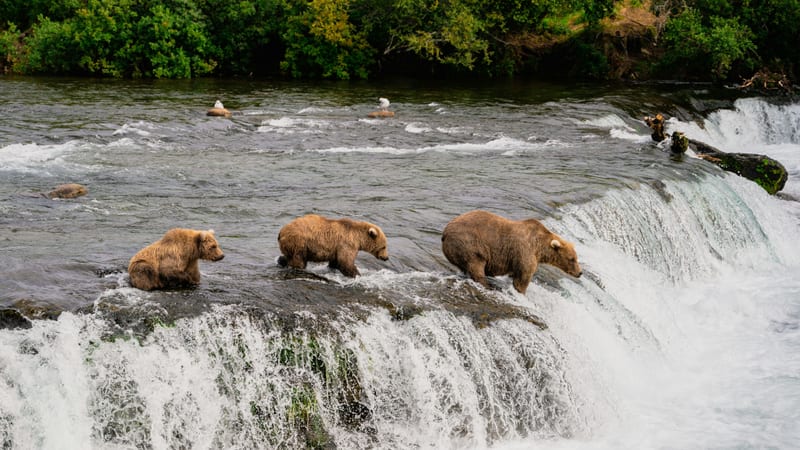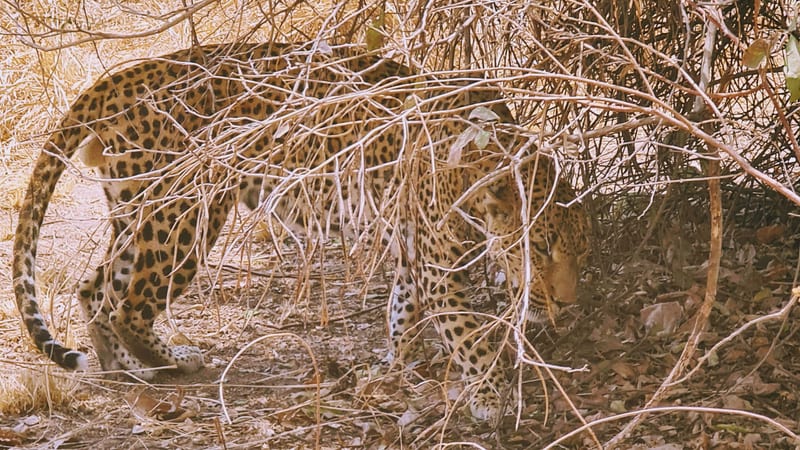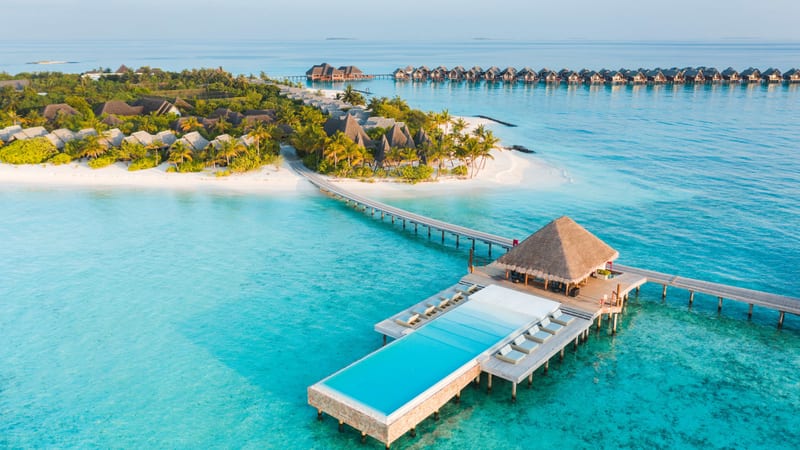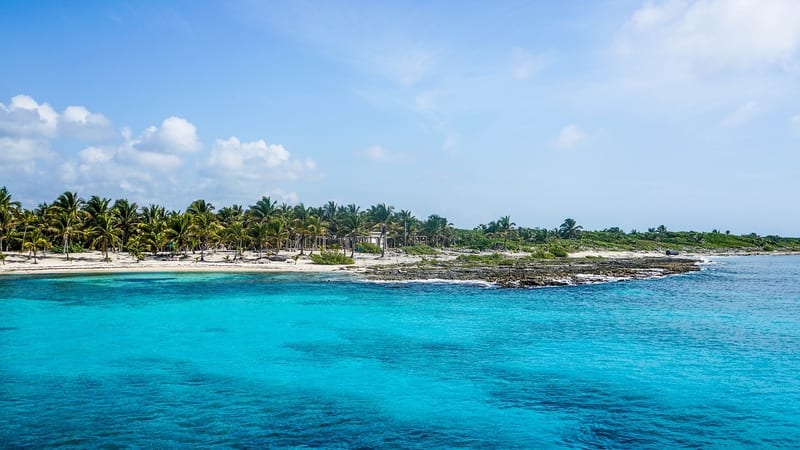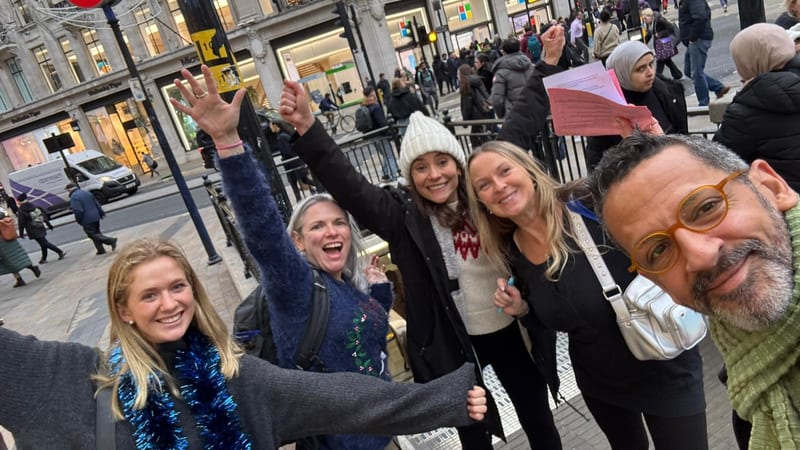This place is a brilliant reminder that you don’t need a marble bathtub to have an unforgettable experience.
Location: Tucked away along a quiet bend on the Ewaso Nyiro River, Ol Gaboli feels completely hidden while still being right in the heart of Laikipia. It borders several well-known conservancies, and you get that classic wilderness feel, with also great wildlife all around you. The name means "fig tree" in Maasai, and the whole camp is centred around a huge old fig tree. Getting there is also easy enough: the closest scheduled airstrip is Loisaba (about 1.5 hours away) or Nanyuki (just over two hours), and if you're chartering you can land at Tumaren (around 20 minutes away). If you have a bit more time, the drive up from Nairobi is part of the adventure, and takes just under six hours.
Rooms: The lodge has five bandas, each slightly different in design, which is part of it the camps character. Some are large enough for families of up to five, with extra single beds added for children, while others are better suited for couples. All have king-size beds, en-suite bathrooms, and a private veranda where you can sit and enjoy your morning coffee. The zippable mosquito nets are a clever touch, letting you keep everything open and airy by day, then bug-free at night. Every Banda runs on solar power, so evenings are completely quiet, filled only with the sounds of the bush.
Amenities: Ol Gaboli keeps its atmosphere relaxed and unpretentious. The main mess area sits just above the river beside the big fig tree, with comfortable spots to settle into and a fire pit that naturally becomes the social hub once the sun has set. Meals are cooked fresh each day, using local produce whenever they can, and Susan, the chef, has a real knack for delicious dishes. There is Wi-Fi in the rooms too, although most people end up ignoring it and leaning into the slower pace here.
Activities: You can explore the area on day and night game drives, which gives you a proper insight for how the landscape shifts and how the wildlife behaves at different times. Walking safaris are a real highlight., especially the route that takes you up to the highest viewpoint in northern Laikipia. The views are pretty stunning! For anyone wanting more, there are optional activities like riding, visiting a Maasai manyatta, fishing, or even a night or two of fly camping.
Sustainability: Ol Gaboli's roots are in genuine community-led conservation. It is owned and run by the Ilmotiok Women's Group (the only camp in Kenya owned by Maasai females), so the majority of the revenue feeds directly back into local households, schools, and conservation projects. The camp is fully solar-powered, the bandas are built from local materials, and everything is designed to blend into its surroundings.
Best places to stay in Laikipia
Laikipia Trip Inspiration
When to visit Kenya
Find out the best time to visit Kenya with our month by month guide.
- Best
- Good
- Mixed
- Jan
- Feb
- Mar
- Apr
- May
- Jun
- Jul
- Aug
- Sep
- Oct
- Nov
- Dec
January
January is a great time for wildlife viewing. The landscapes are lush and green after the 'short rains' and newborn animals can been seen. It is hot, but brief afternoon or evening showers cool things down, without compromising your safari. Over on the coast the sea is clear, making it ideal for diving and snorkelling, and the days are warm and bright.
February
February is an ideal time to visit Kenya, and great for game viewing. The landscapes are green and thriving thanks to the short rains, and newborn animals will be hopping around the plains. There maybe a few afternoon showers which are welcome in the heat, and don't impact on wildlife viewing. Water clarify is excellent at the moment, which is good news for watersports enthusiasts. And if you want to spot a whale shark, now is the time to try.
March
Still a good option for wildlife viewing and diving, although with the 'long rains' just around the corner, expect wetter and hotter weather.
April
April brings the start of the 'long rains' which means game reserves and national parks become muddy and harder to drive around. Over on the coast it's hot and wet, so it isn't the best time of year to travel. Some camps and lodges close during this period.
May
The 'long rains' continue into May, making park tracks difficult to navigate in the mud, and the coast very warm and wet. There will be less accommodation choice at this time as several lodges and camps during this period.
June
June is a beautiful time of year to visit Kenya, with the rains receding to just light showers, and the long dry season not far ahead. The high grasses can sometimes make it more of a challenge to spot game, but the landscapes are lush and some animals may begin arriving early for the migration. At altitude nights can be cool, but elsewhere the temperature is pleasant.
July
July marks the beginning of the great migration into the Masai Mara, and with warm and generally dry weather, this is a great time of year to visit. Days are sunny, skies are blue and there isn't too much dust around, so it's a great time for photography.
August
The migration is now in full swing in the Masai Mara, with lots of river crossing action, so if you want to see those massive herds of wildebeest and zebra, now is the time to come. Game viewing in general is excellent and it's one of the most popular times of year to visit, so some of the main parks do become crowded. Temperatures are warm and dry.
September
Game viewing continues to be excellent, and the weather is generally dry so this is another ideal month to visit Kenya's parks. The bush is less dense and as animals gather around waterholes and rivers it makes wildlife spotting much easier.
October
October is a great time if you want to avoid the crowds and don't mind the temperature slowly starting to rise. There may be a few short showers, but game viewing remains excellent with the end of the migration, and it's a good time to holiday anywhere in Kenya.
November
November heralds the start of the 'short rains' and with hotter temperatures some camps are closed. The Mara however is still open, and despite sometimes stormy skies, game viewing is still good. Fewer crowds and lower prices make this an attractive month to visit. Over on the coast water clarify is good for snorkelling and diving.
December
The 'short rains' are bringing the landscapes back to life, and as the plains start to become green again, wildlife viewing remains good, and it's a great time for birding. Some camps are closed (mainly in the north of Kenya) but many others remain open. The showers tend to fall in the afternoons and don't impact greatly on a safari. Take advantage of reduced visitor numbers and lower prices.
Speak to a Kenya expert today
and start planning your tailor-made holiday

Alistair

Ottilie





